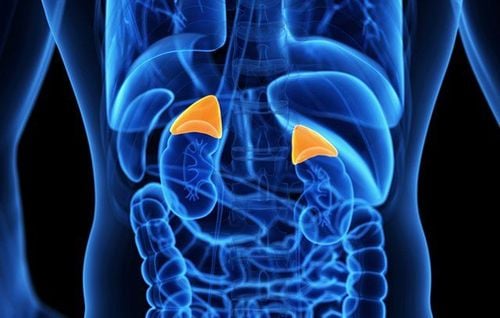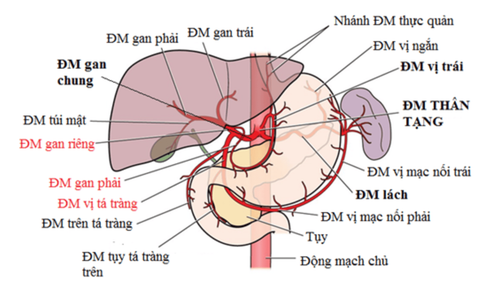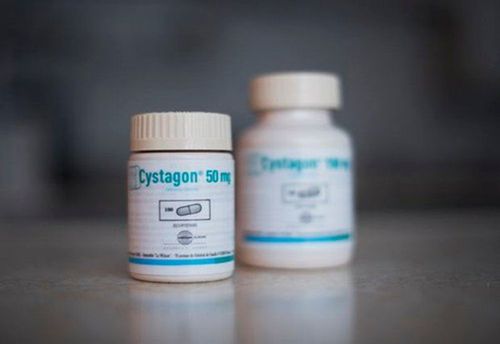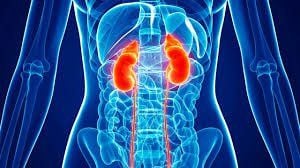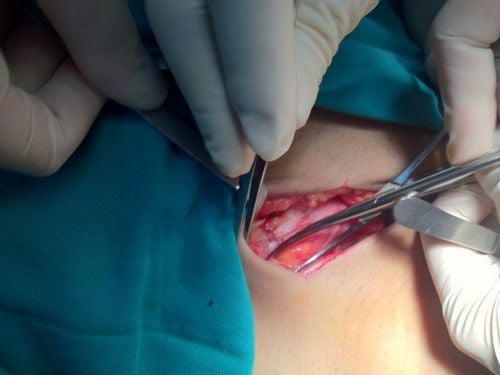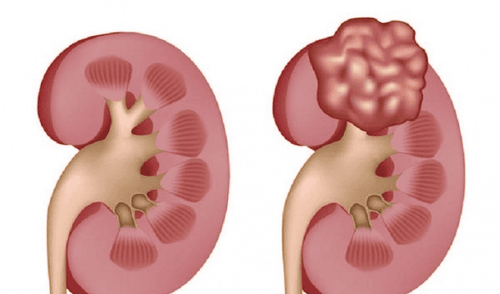This is an automatically translated article.
The article is professionally consulted by Master, Doctor Nguyen Tan Cuong - Head of Urology Department, Department of General Surgery - Vinmec Central Park International General Hospital.
Kidney cancer is a dangerous cancer with a high mortality rate and is increasing. Surgery is the main treatment of the disease. Laparoscopic surgery for kidney cancer with robot support is a new development step, bringing high efficiency and promise to patients.
1. What is kidney cancer?
Kidney cancer (also known as renal malignancy) is a dangerous cancer with a high mortality rate. According to the World Health Organization's statistics in 2018, Vietnam had about 2,400 cases of kidney cancer, of which 1,300 deaths, accounting for more than 55%. Kidney cancer ranked 17th in the list of common cancers in Vietnam in 2018, the incidence in the population was 1.5/100,000 people.
Kidney cancer includes many different types such as:
Renal cell carcinoma (abbreviated as RCC), accounting for 80-85%. In renal cell carcinoma is also divided into many different diseases; Transitional cell cancer (TCC) accounts for 8%; Wilms tumor and sarcoma in the kidney are common in children, accounting for 5-6%. Patients with high risk of disease are heavy smokers, obese people, people who are regularly exposed to chemicals containing benzyl acetate, patients with VHL gene disorders... Men have a higher incidence of the disease. The disease is higher than that of women because of the higher percentage of men who smoke and are exposed to chemicals.
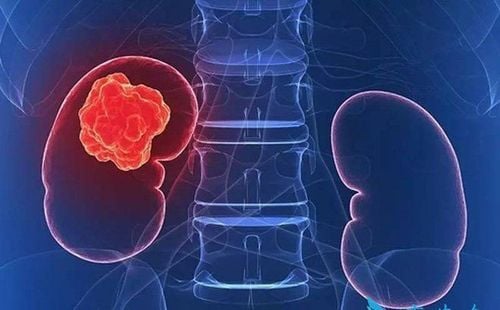
Ung thư thận là một loại ung thư rất nguy hiểm, có tỷ lệ tử vong cao.
2. Surgical methods for kidney cancer
Surgery is the main treatment for kidney cancer. Types of kidney cancer surgery include:
Radical nephrectomy to remove the tumor, the entire kidney, and the fatty tissue around the kidney. If kidney cancer has spread to nearby organs such as the adrenal glands or blood vessels, these organs also need to be removed; Partial nephrectomy: Usually applied to small tumors, located in the periphery of the kidney. Surgery will remove the tumor and part of the healthy tissue, part of the kidney is kept to preserve kidney function to reduce the risk of chronic kidney diseases after surgery. Depending on the characteristics of the tumor, the doctor will choose radical or partial resection, open surgery or laparoscopic surgery.
3. Laparoscopic surgery to treat kidney cancer with Robot
Laparoscopic surgery for kidney cancer with Robot-assisted surgery is a minimally invasive surgery that offers many outstanding advantages compared to conventional surgical methods.
Laparoscopic nephrectomy or partial nephrectomy with Robot support helps to avoid maximum complications due to collision, damage to internal organs, reduce the risk of intestinal adhesions due to scratches, intestinal obstruction. The robot arm is flexible, moves precisely under the control of the doctor, and has a wide surgical angle that no human hand can perform. The image from the 3D camera is sharp with high resolution, helping the doctor understand the exact situation of the surgery.
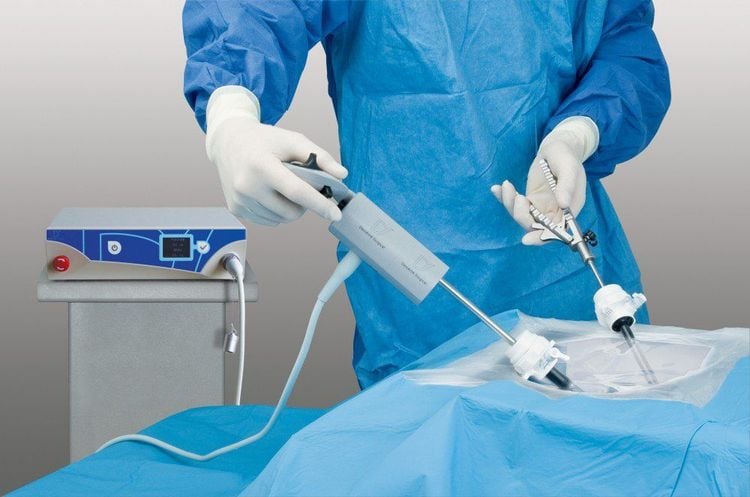
Phẫu thuật nội soi điều trị ung thư thận với Robot hỗ trợ tại Bệnh viện Đa khoa Quốc tế Vinmec Central Park
Less invasive laparoscopic surgery with Robot supports maximum removal of cancerous tissue with minimal invasion, patients have less pain, less blood loss, fast recovery, shorten hospital stay. Robotic-assisted laparoscopic surgery is currently the best treatment that can cure kidney cancer.
Laparoscopic nephrectomy or partial nephrectomy with handheld robot is being performed at Vinmec Central Park International General Hospital. Vinmec Central Park has a modern equipment system with an operating room system of international standards. The Dex Flex Robotic Arm is one of the most advanced, sophisticated, state-of-the-art vehicles. The technique is performed directly by Master, Doctor Nguyen Tan Cuong - Head of Urology Surgery Unit, with more than 18 years of experience in the field of Surgery and many valuable scientific researches.
For detailed advice on handheld robotic surgery in the treatment of Urological pathology at Vinmec Central Park, please contact HOTLINE 0283 6221 166 or register online HERE.




